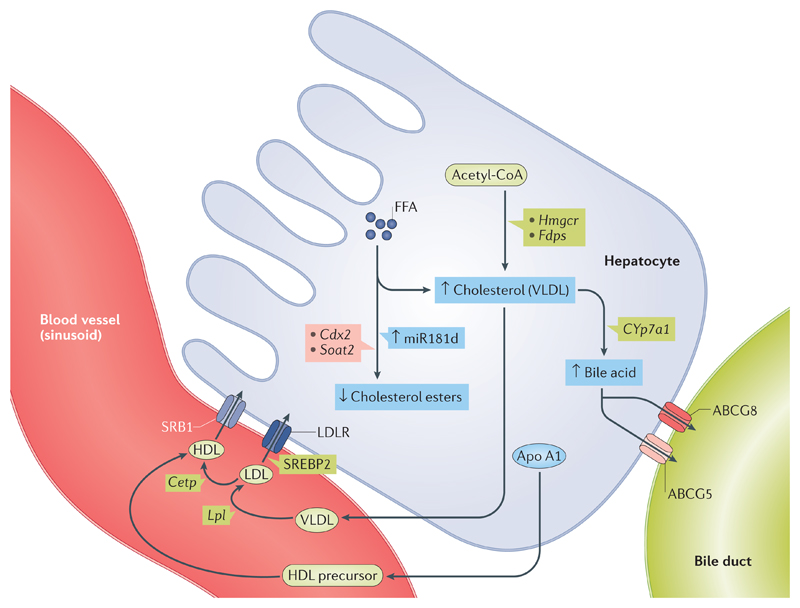Figure 2. Thyroid hormone regulation of cholesterol biosynthesis and clearance.
Thyroid hormone stimulates cholesterol formation (mostly as VLDL) from its precursors and acetyl-CoA. Thyroid hormone increases the expression of Hmgcr and Fdps to promote hepatic cholesterol synthesis. Thyroid hormone also strongly induces the gene and protein expression of apolipoprotein A1 (Apo A1), scavenger receptor class B member 1 (SRB1) and sterol regulatory element-binding protein 2 (SREBP2), which then increase LDL receptor (LDLR) levels to increase cholesterol efflux from peripheral tissues to HDL through the reverse cholesterol transport pathway. Thyroid hormone increases HDL metabolism by stimulating cholesteryl ester transfer protein (CETP) activity. Thyroid hormone also increases expression of cholesterol 7α-hydroxylase (CYP7A1), which converts cholesterol into bile acids in the reverse cholesterol transport pathway. Thyroid hormone promotes the excretion of bile acids by directly increasing ATP-binding cassette subfamily G member 5/8 (Abcg5/Abcg8) transporter gene transcription. Additionally, thyroid hormone induces miR181d expression, which then decreases the expression of caudal-type homeobox protein 2 (CDX2) transcription factor and the Soat2 gene to inhibit cholesterol ester formation. ↑/↓ shows increase or decrease in thyroid hormone action, respectively. FFA, free fatty acid.

